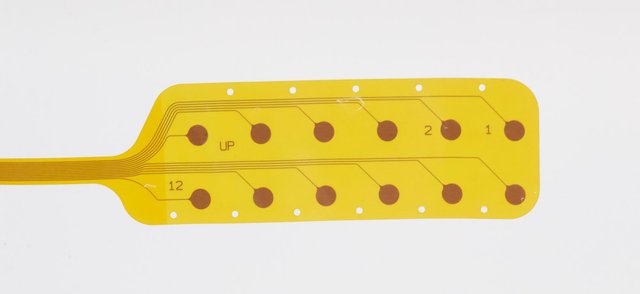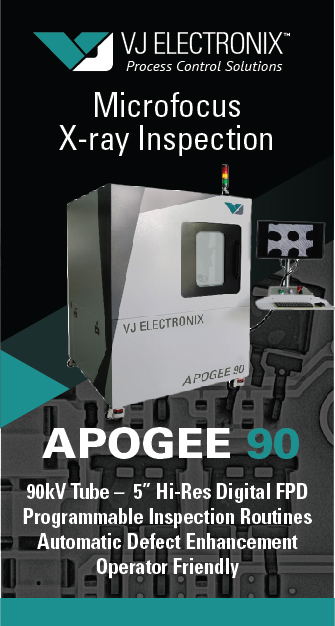NeuroOne Medical Technologies, a company focussed on improving surgical care options and outcomes for patients with neurological disorders, has received U.S. Food and Drug Administration (FDA) 510(k) clearance to market its Evo sEEG Electrode technology for temporary (less than 24 hours) use with recording, monitoring, and stimulation equipment for the recording, monitoring, and stimulation of electrical signals at the subsurface level of the brain.

The Evo sEEG electrode represents the company’s second FDA 510(k) cleared product, providing a full line of electrode technology to address an estimated worldwide market of $100 million for patients requiring diagnostic brain mapping procedures.
As opposed to cortical electrodes, sEEG electrodes provide a similar function at the subsurface level of the brain by using a less invasive process as it does not require removal of the top portion of the patient’s skull. It has become the predominant technology used in these procedures due to its less invasive placement and subsurface location.
The company’s Evo Cortical and sEEG Electrodes are a portfolio of thin film electrodes. Potential advantages include increased signal clarity and reduced noise; better tactile feedback during insertion into brain tissue; and faster order fulfilment due to an automated manufacturing process.
As previously reported, NeuroOne is also advancing a pipeline of therapeutic electrode technologies for brain tissue ablation and chronic stimulation use for DBS (deep brain stimulation) and spinal cord stimulation for chronic back pain. These therapeutic electrode technologies represent addressable markets between $500 million and $6 billion.
Dave Rosa, CEO of NeuroOne, said: “This represents yet another critical milestone met by the Company as we continue to execute our strategy. The next steps for the company are to expand the sEEG labelling for longer term use, which we believe will be a key part of our commercialisation strategy for the Evo sEEG electrode, and complete development of an sEEG ablation electrode/probe for ablation of brain tissue and permanently implanted stimulation electrodes for patients with chronic applications such as epilepsy, Parkinson’s disease and chronic back pain.”
As previously reported, the company expects to be launch ready by the end of calendar year 2021, pending additional regulatory clearance of sEEG labelling for longer term use.

